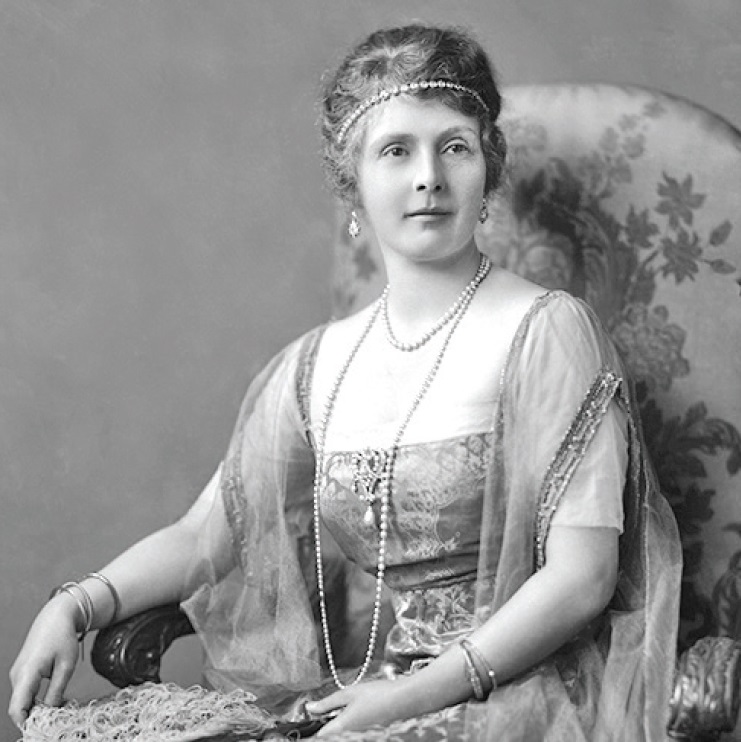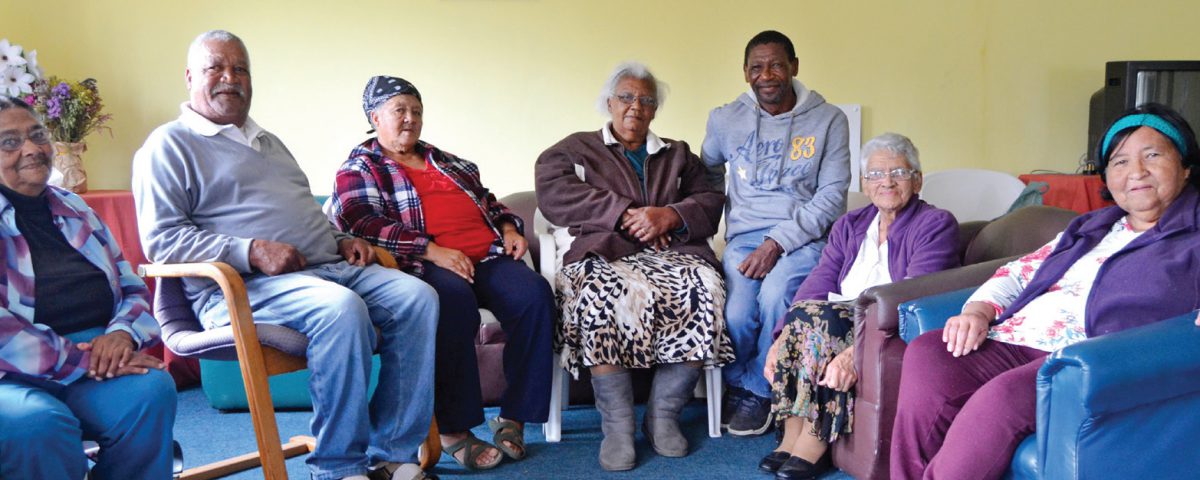
Hermanus and HRH Princess Alice
September 11, 2019
James Douglas Logan, the ‘ideal colonist’
October 9, 2019Writer
Elaine Davie
Before the holiday makers and the tourists, before the seaside mansions, the art galleries and the restaurants, there were the fisher folk of Hermanus. Without them the town would not have existed. Yet in the history of the region, their rich and poignant story has largely been ignored.
Not only this, but in many ways they have been treated with utmost disrespect. It is a tribute to their strong sense of community, their ability to see the humour in the every day and their survival instinct that they are still around to tell their story and to celebrate the 90th anniversary of the establishment of Mount Pleasant this year.
Fortunately, there are an ever-dwindling number of elderly people still in the community who have long memories. How else would we know the names of some of their family members and neighbours – oom Potlood, Willie Wind, Ou Wiel, ‘Kiss me round the corner’, or Lewis Fick, a fisherman, who used to go to work in a suit, change into working clothes when he got to his boat and on his return, shower and dress himself in his suit again before walking home?
And who now, outside of the community, remembers their hero, District Nurse, Sister Chrissie Dreyer, the only source of primary health care in the community? She lived in a house behind her small clinic and provided a wide range of medical services, including family planning and marriage counselling, as well as officiating at all the home-deliveries in the community. Over the period of her career in Mount Pleasant, she delivered 5 580 babies, arriving for a confinement on her bicycle, with her nurse’s bag on the carrier over the back wheel.
In 1981, her little clinic was named the Chrissie Dreyer Clinic in recognition of more than four decades of true public service, and a year before her retirement, she was awarded the Rotary Humanitarian Award of 1987. All these fascinating stories encapsulating the culture and history of the Mount Pleasant community have been collected as part of the Living Tapestry project. Launched last year after the violent protests, it was an attempt to discover and highlight threads of unity that may exist between the various communities comprising greater Hermanus. With the help of founder, Carol Hofmeyr and some of the embroiderers of her Keiskamma project in the Eastern Cape, the story of Zwelihle was the first to be captured and woven into the tapestry. Now it is the turn of Mount Pleasant to share its story.
Over the past weeks, social historian, Elsabé Brink and Angela Heslop of the Hermanus History Society, assisted by Mount Pleasant librarian, Miralda Coert and Jenny Sauls of the Lombardi Centre, have been collecting as much relevant information as possible. However, most of it has been sourced from the oral histories of a group of elderly Mount Pleasant residents who were given notebooks in which to record their memories. One of them, Annie Classen also acted as guide to Angela and Kathie Buley, who has been responsible for sorting and collating all the information, in visits to some of the sites mentioned in the various accounts.
Now that this phase of the project has been completed, the next step will be to organise an art workshop to transform the stories into visual imagery. These art works will, in turn, be transferred on to fabric and with the help once again of the embroiderers from the Eastern Cape, members of the Mount Pleasant community will begin to weave their story into Hermanus’s Living Tapestry.
And what a vibrant, if often tragic story it is. Although Upper Mount Pleasant was established in 1929 as a ‘Coloured Fishing Community’ when four back-to-back semi-detached houses, called the rooi dakkies were built by the municipality, most of the so-called ‘coloured’ fisher folk lived in Hermanus town, in 12 houses at De Mond, and Pool’s Bay.
But then came the Apartheid era and in 1966 Hermanus, including De Mond was declared a ‘white’ residential area and the ‘coloured’ people were moved to Mount Pleasant, which had a permit to accommodate people of colour within the municipal jurisdiction of ‘white’ Hermanus (the 12 little houses at De Mond becoming tourist accommodation – Lakeview Chalets – for whites, of course).
Plate en plank (wood and iron) houses were built in Upper Mount Pleasant to accommodate the new arrivals and eventually when that filled up, Lower Mount Pleasant came into being below the R43, where there was nothing but bush and sand. Although the municipality provided land and materials, the people had to build their own houses and then pay the municipality back. As a result, this area was soon dubbed Skuldbult by the residents.
Life was hard for the people of Mount Pleasant in their small houses, with neither plumbing of any sort nor electricity. Most of the men were fishermen, artisans or craftsmen, like shoemakers, and most of the women, domestic workers. The children went to school first in the klipskooltjie in Upper Mount Pleasant and later in the new primary school in Lower Mount Pleasant, but there was no High School, so the girls dropped out of school at age 12 and the boys had to take the tiekie bus to Caledon.
Because the families were large and both mother and father were at work, it was the job of the teen-aged girls to look after their younger siblings and carry out certain chores, like the laundry, preparing them to follow in their mothers’ footsteps as domestics once they were 16. The laundry was done at the wasbakke in Lower Mount Pleasant, using pine cones from the surrounding trees to scrub the dirtier items.
One of the best times of the year for the people of Mount Pleasant was the December holidays when the whole community camped at Schulphoek
beach. They erected small tents on the sand or bos huise under the milkwood trees; the children spent all day in the sea and the adults fished, relaxed, laughed and gossiped amongst themselves. “Those were good times,” they remember. And then, of course, the day came when this, too, became a ‘no-go area’ for coloured people.
Funerals were significant community events. The original coloured cemetery was behind Hoy’s Koppie and the coffins would be ceremoniously carried there by foot all the way from Mount Pleasant, until the municipality allowed them to use an open refuse truck to convey the deceased! However, in the early ‘50s, it was decided that, as the ‘white’ cemetery was full, the cemetery behind Hoy’s Koppie should be commandeered for the purpose of expansion.
In those years, even in death, the various population groups had to be kept separate and it seems, therefore, that no one had the slightest compunction about exhuming all the coloured bodies, destroying their tombstones and reburying them in an unmarked mass grave, the whereabouts of which is still unknown. If there is anyone who still doubts the system’s ultimate inhumanity, this incident must surely put paid to that once and for all.
The author wishes to thank Kathie Buley, Angela Heslop and the elderly people of Mount Pleasant for sharing the wonderful stories of Mount Pleasant

